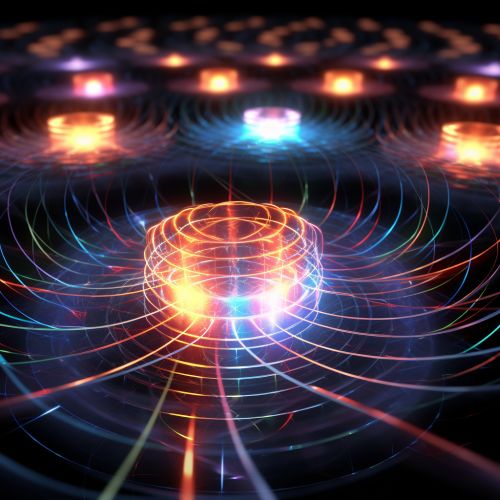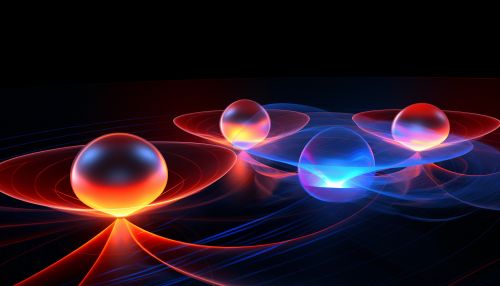The Physics of Quantum Optics in Nonlinear Optics
Introduction
Quantum optics, a specialized branch of quantum physics, is primarily concerned with the behavior of light and its interactions with matter at the microscopic level. This field is a fusion of quantum mechanics and optics, providing a theoretical framework for understanding the nature of light and its interactions with atomic and subatomic systems.


The exploration of quantum optics has led to a profound understanding of the fundamental nature of light and its applications in diverse fields, such as communication, computation, and cryptography.
Nonlinear Optics
Nonlinear optics, a subfield of quantum optics, investigates the interaction of light with matter in situations where the response of the material system is nonlinear in nature. This nonlinearity can give rise to a variety of intriguing and useful phenomena, such as frequency conversion, self-focusing, and soliton formation.


The study of nonlinear optics has catalyzed the development of a range of technologies, including optical switches, optical amplifiers, and optical data storage devices.
Quantum Optics in Nonlinear Optics
The application of quantum optics in nonlinear optics involves the study of quantum states of light, such as single photon states, squeezed states, and entangled states, and their interaction with nonlinear optical systems. This field of study has paved the way for the development of quantum information processing technologies, such as quantum computers and quantum cryptography systems.


Quantum States of Light
In quantum optics, light is often described in terms of quantum states. These states can exhibit a variety of intriguing and counterintuitive properties, such as superposition and entanglement, which are fundamental to the field of quantum information processing.


Nonlinear Optical Systems
Nonlinear optical systems are systems in which the response of the material to the incident light is nonlinear. This nonlinearity can result in a variety of intriguing phenomena, such as frequency conversion, self-focusing, and soliton formation.


Quantum Information Processing
Quantum information processing is a field of study that employs quantum mechanics to process information. This field has the potential to revolutionize computing and communication technologies, providing capabilities far beyond those of classical systems.


